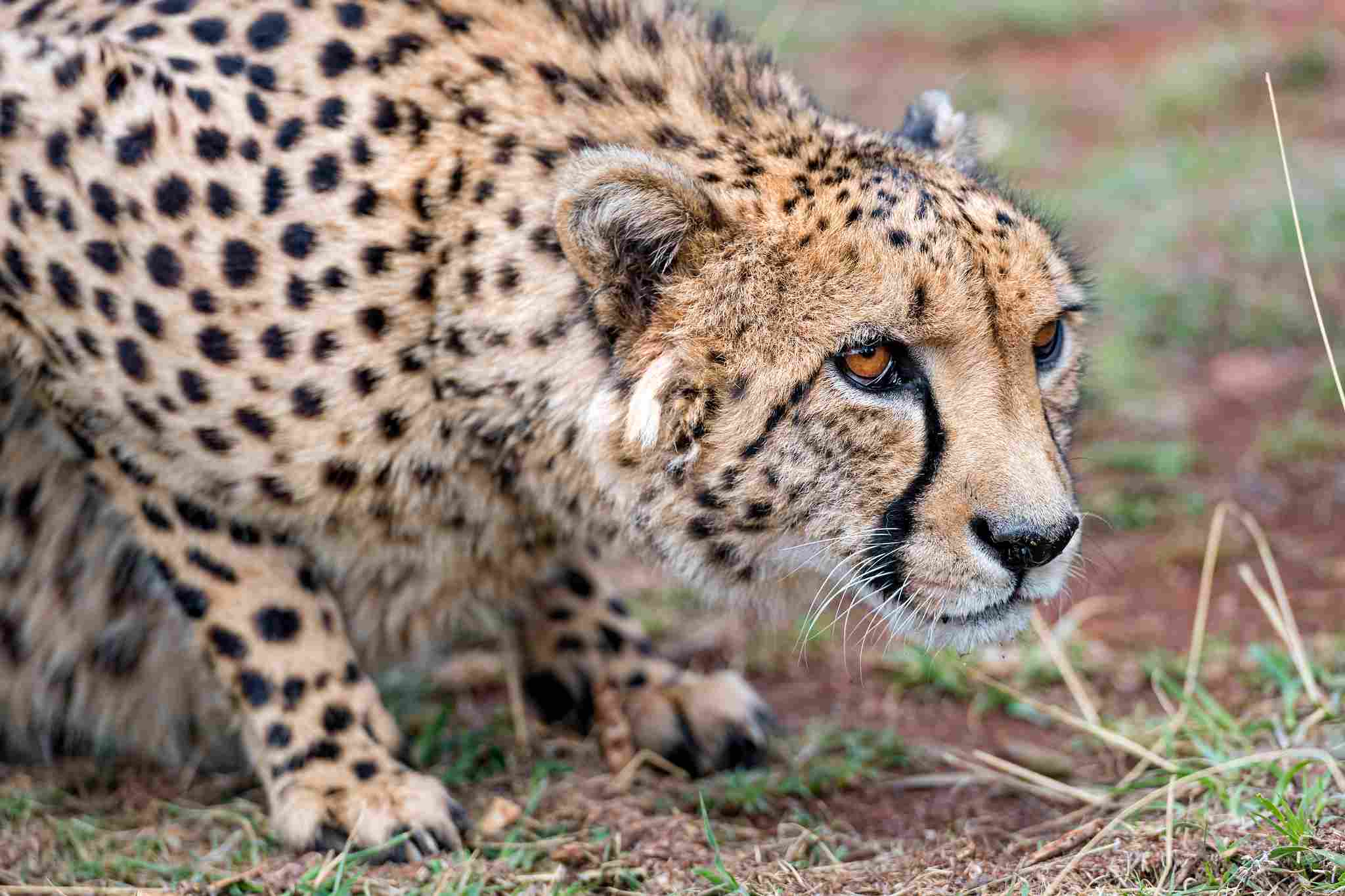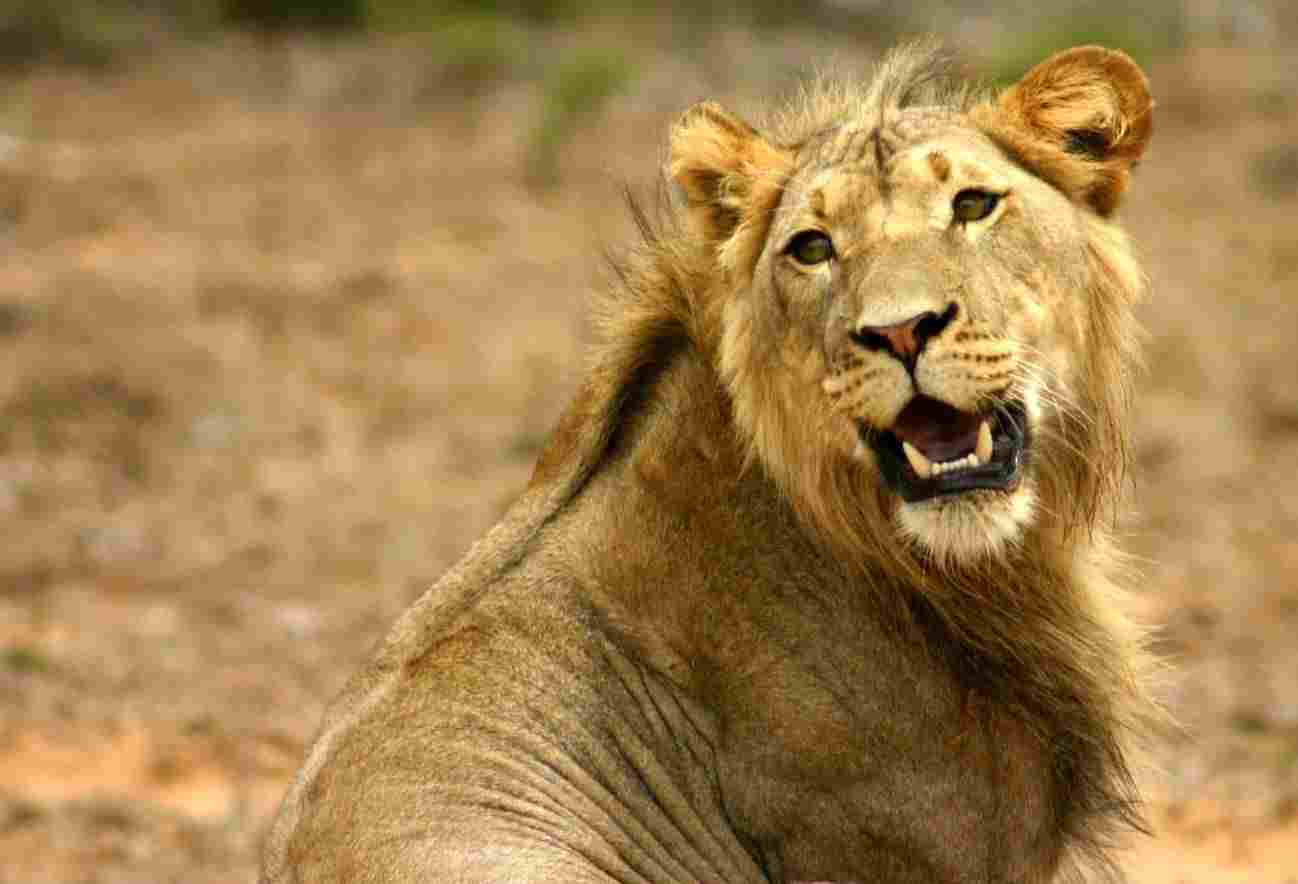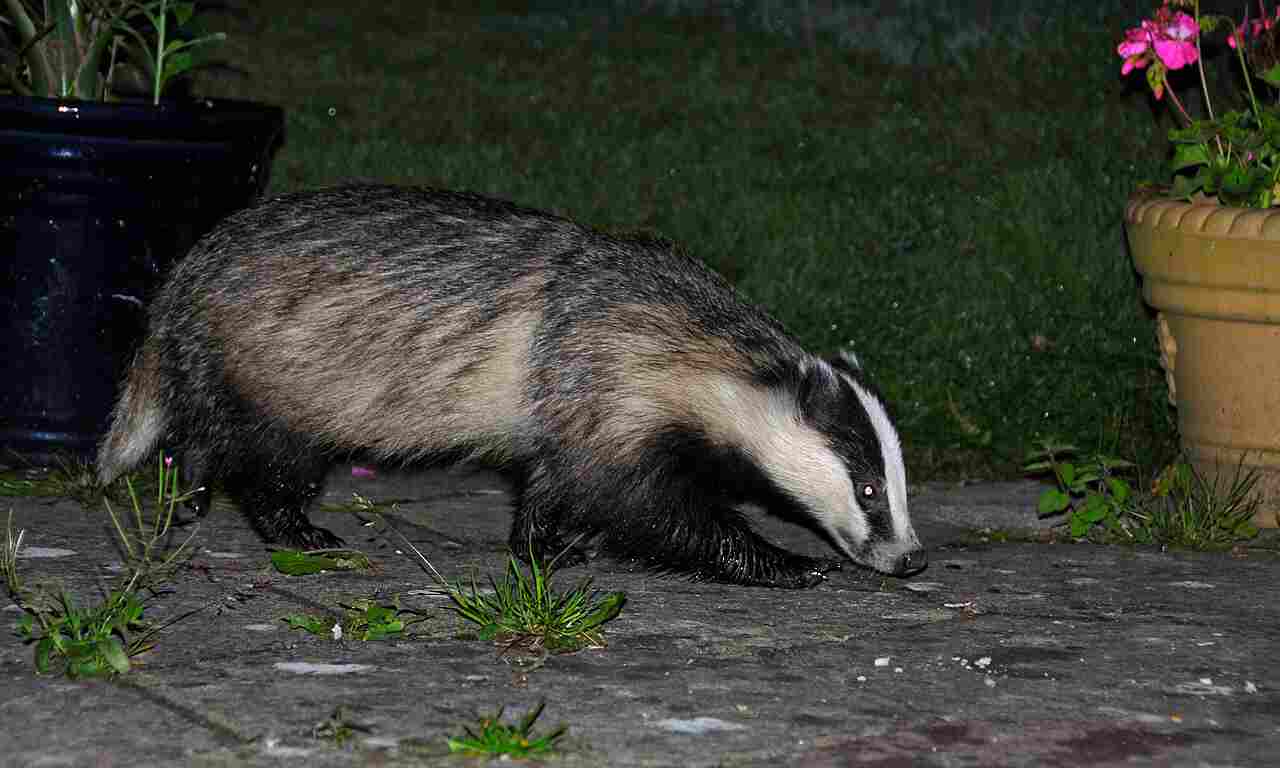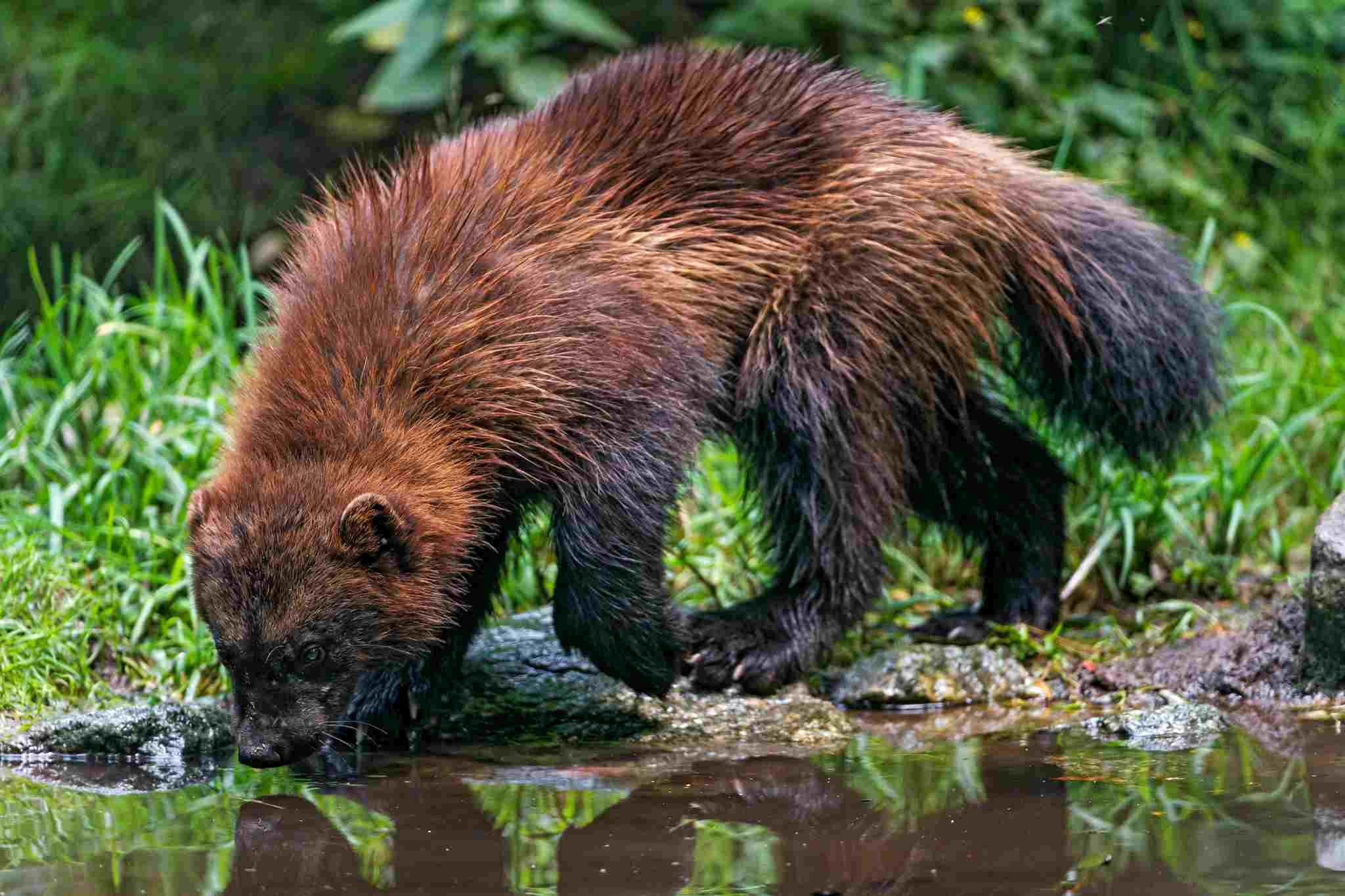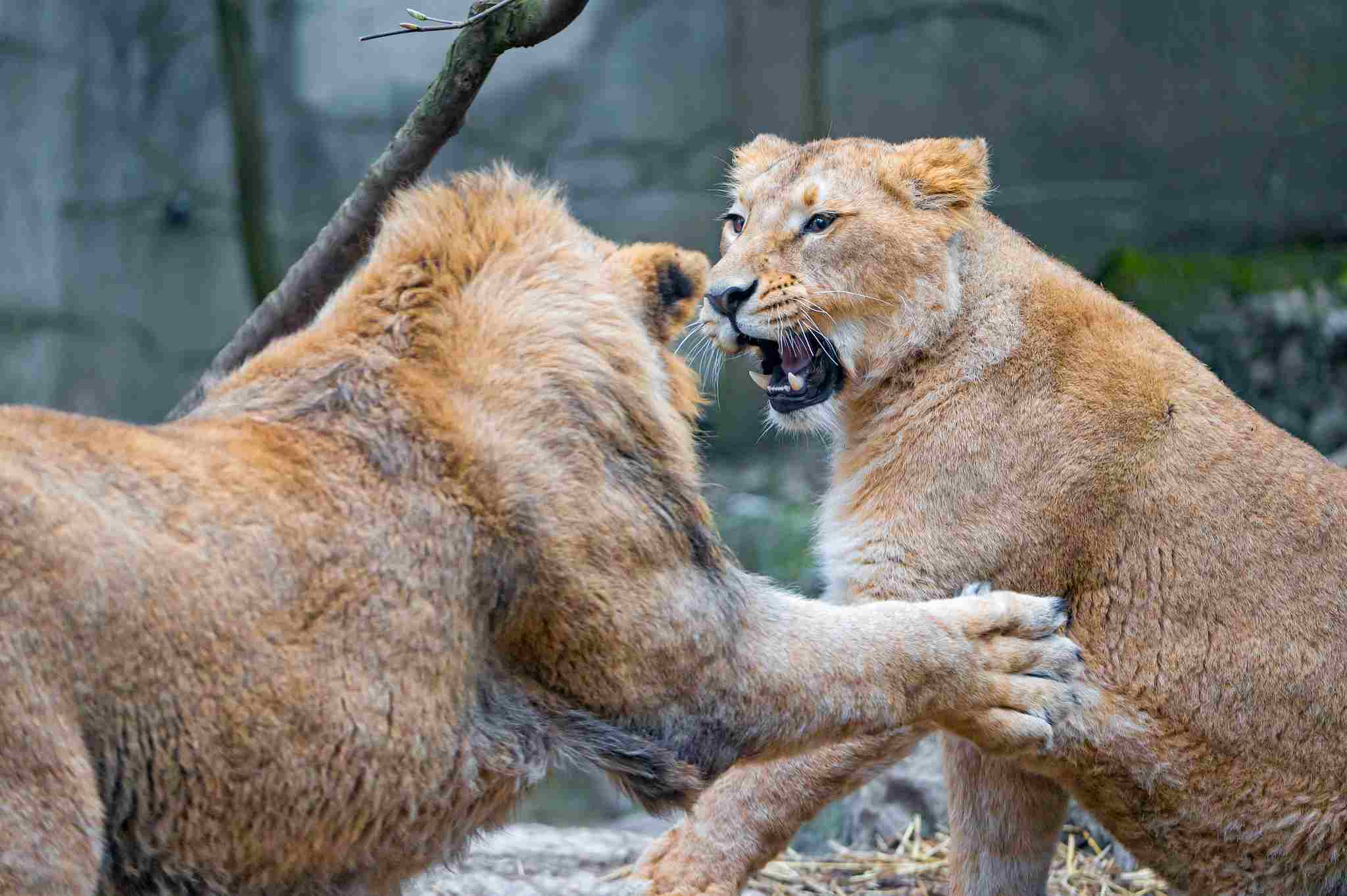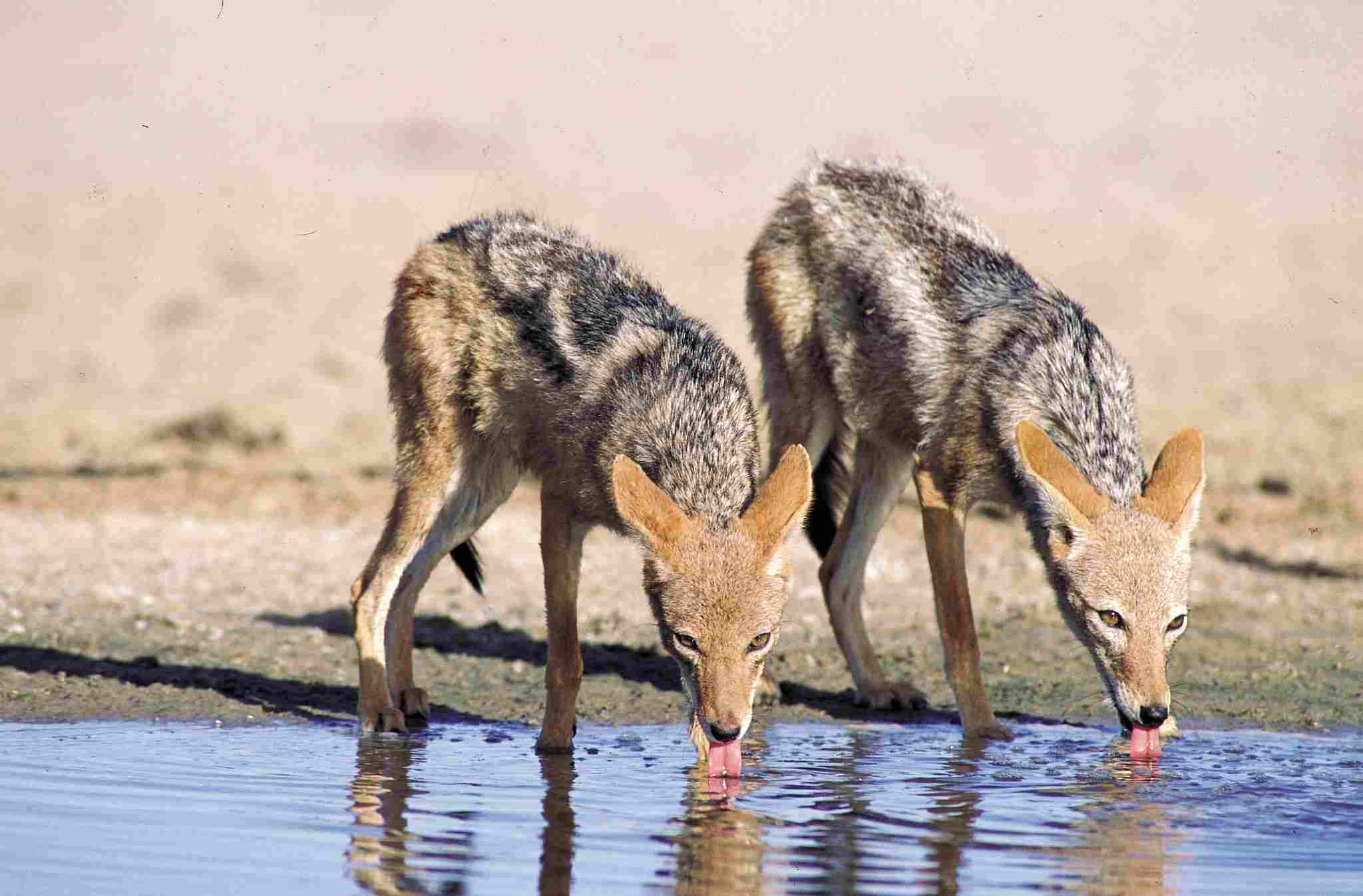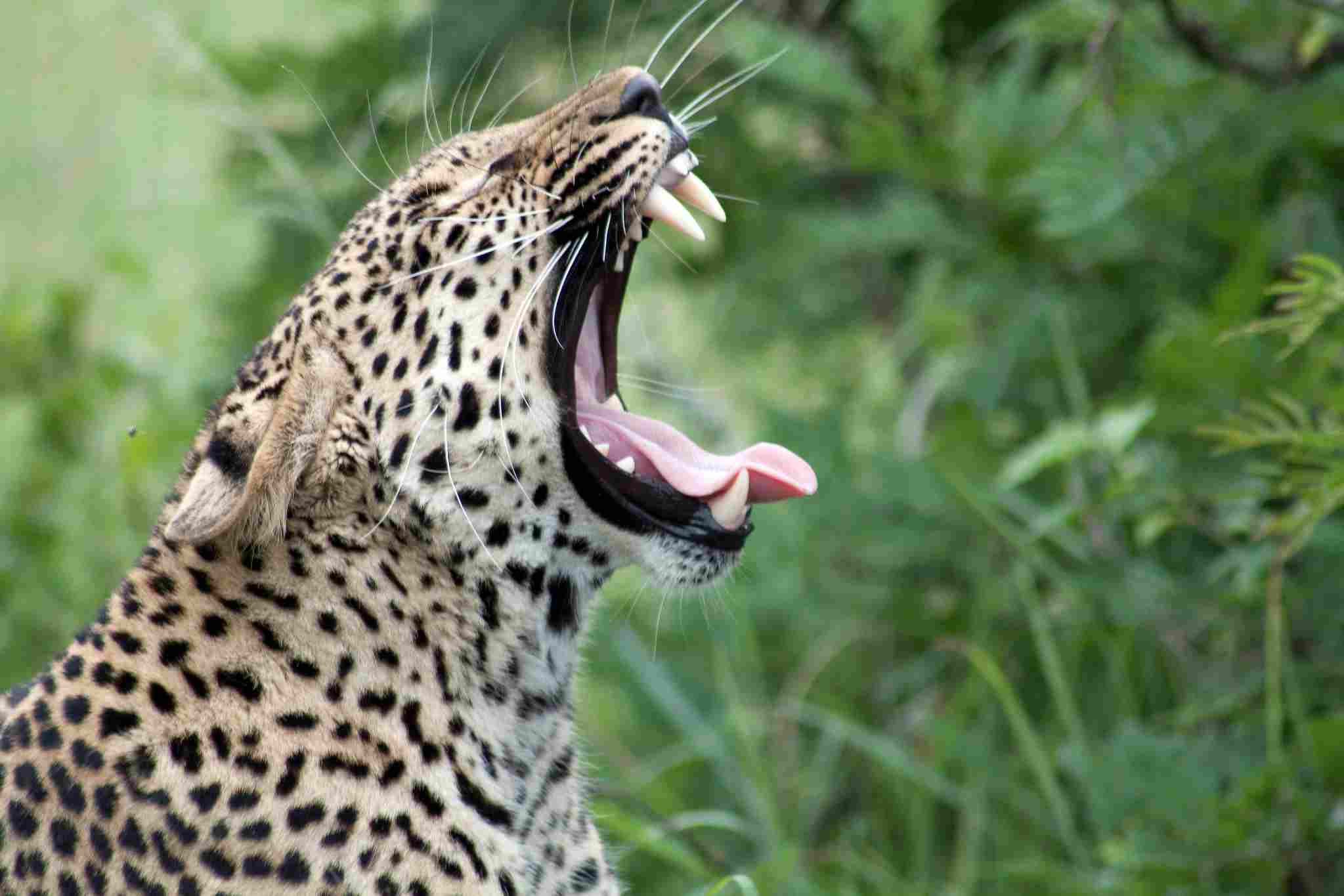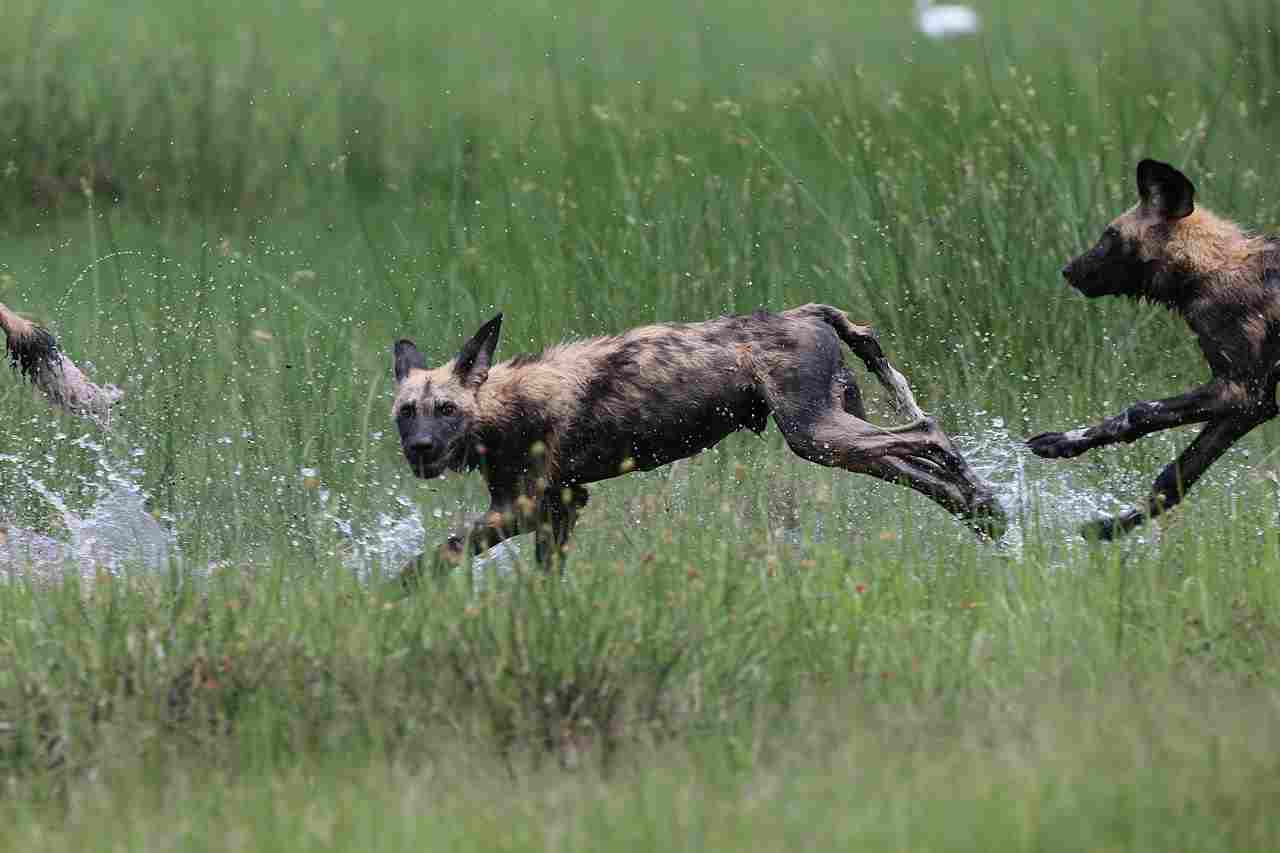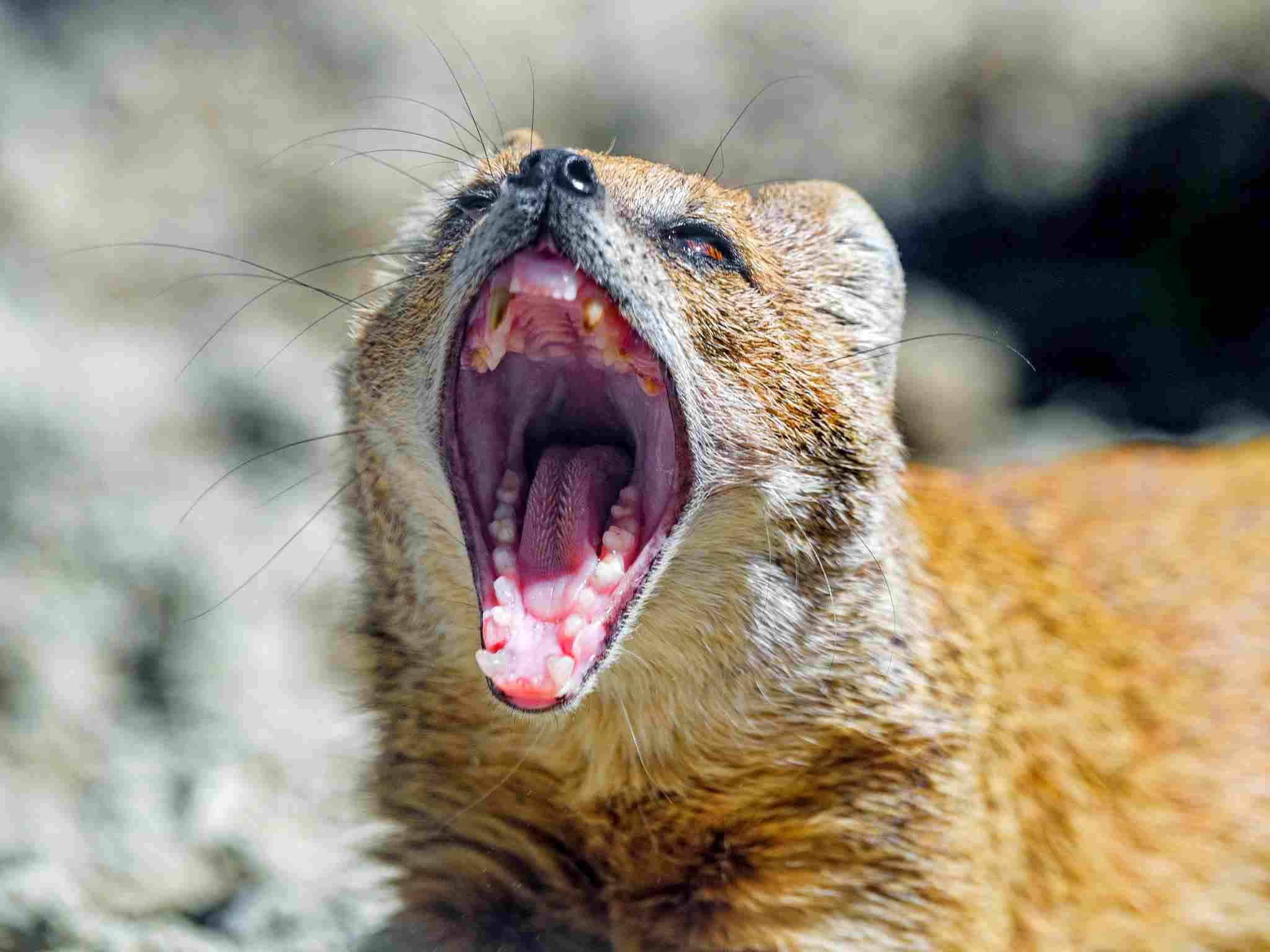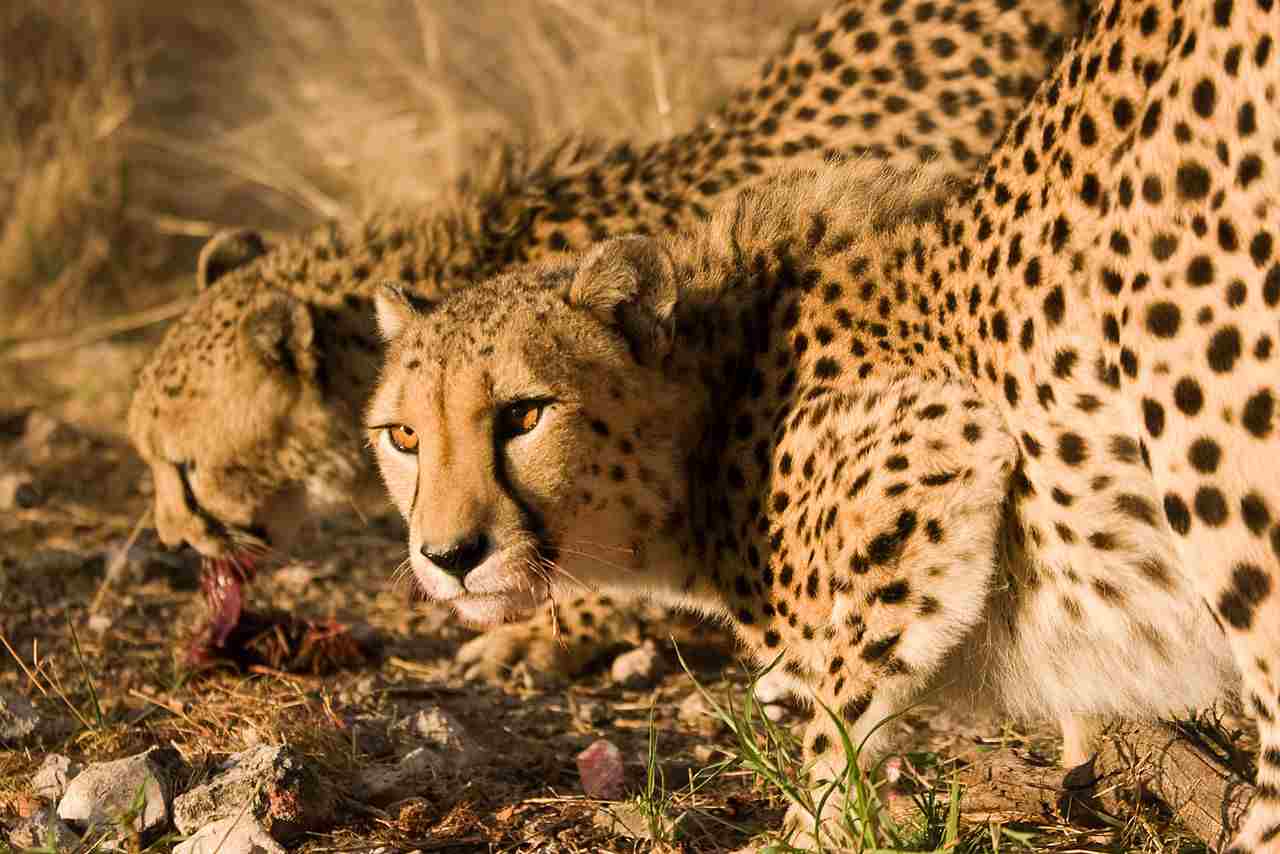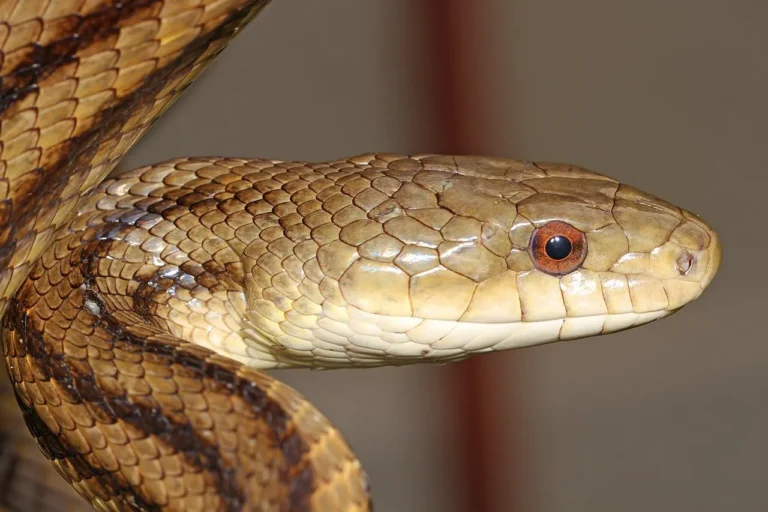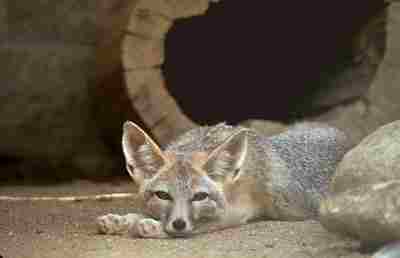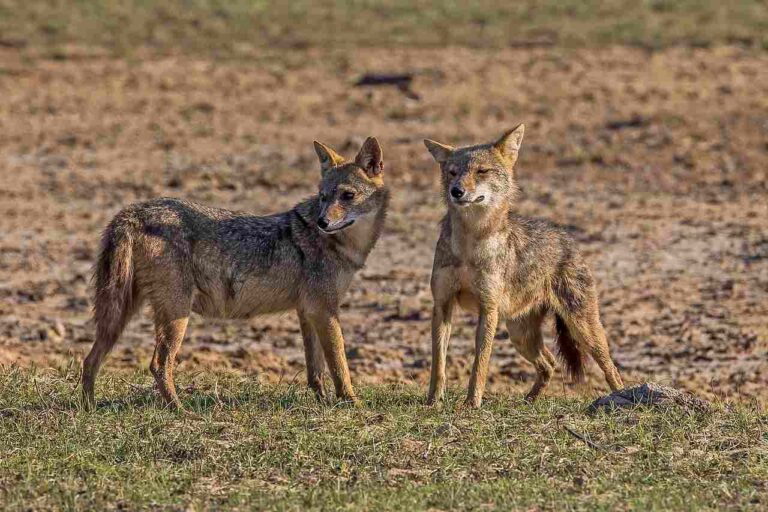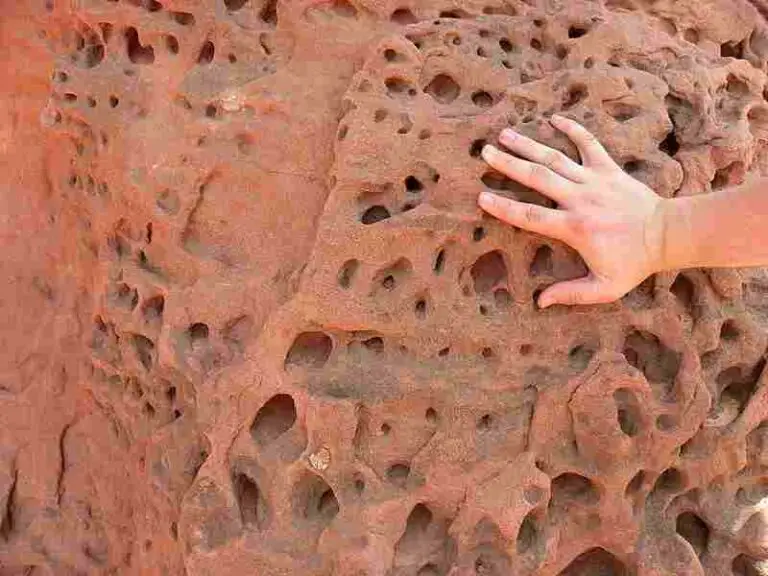7+ Consumers in The Savanna Ecosystem Discussed
Carnivores in the savanna are a diverse group of predators, each playing a crucial role in maintaining the ecosystem’s balance. Lions, known as the kings of the savanna, lead prides and regulate herbivore populations. Cheetahs, with their incredible speed, specialize in hunting swift ungulates like gazelles. Leopards, solitary and adaptable, thrive on a varied diet and are skilled climbers. African wild dogs rely on teamwork to hunt and face threats from habitat loss. Jackals are opportunistic scavengers, while hawks help control small mammal populations. Hyenas, as formidable scavengers and hunters, contribute to ecosystem health. Honey badgers, known for their fearlessness, play a vital role in scavenging. Caracals are sleek and agile predators, facing threats from habitat loss and poaching.
1. Lion
Lions, the majestic rulers of the savanna, command respect with their regal presence and powerful roars. These apex predators are known for their social structure, living in prides typically led by a dominant male lion. Their golden coats with distinctive manes exude both beauty and strength, making them iconic symbols of Africa’s wilderness.
In the savanna ecosystem, lions play a crucial role as top predators, regulating herbivore populations and maintaining balance within the food chain. They primarily prey on large herbivores such as zebras, wildebeests, and buffaloes, relying on coordinated hunting tactics to bring down their formidable prey.
Lionesses are the primary hunters in the pride, employing stealth, strategy, and teamwork to ambush their targets. Their exceptional speed and agility, coupled with their powerful jaws and retractable claws, make them formidable hunters even in the vast expanse of the savanna.
Despite their formidable reputation, lions face numerous threats, including habitat loss, human-wildlife conflict, and poaching. Conservation efforts are crucial to ensuring the survival of these iconic carnivores and preserving the integrity of the savanna ecosystem for future generations.
2. Cheetah
In the savanna, the cheetah stands out as the fastest land animal, renowned for its incredible speed and agility. With its sleek, spotted coat and slender build, the cheetah is built for speed, capable of reaching speeds of up to 60 miles per hour in short bursts.
Unlike lions, cheetahs are solitary hunters, relying on stealth and camouflage to stalk their prey undetected. Their keen eyesight and exceptional acceleration enable them to chase down swift antelopes such as gazelles and impalas with astonishing precision.
However, despite their impressive hunting skills, cheetahs face numerous challenges in the savanna, including habitat loss, human encroachment, and competition with other predators. Conservation efforts are essential to safeguarding these magnificent cats and preserving their crucial role in the savanna ecosystem.
3. Leopard
Leopards, with their elusive nature and remarkable adaptability, are among the most versatile carnivores in the savanna. Their distinctive rosette-patterned coat provides excellent camouflage in the savanna’s varied landscapes, allowing them to blend seamlessly into their surroundings.
Unlike lions and cheetahs, leopards are solitary and nocturnal hunters, relying on stealth and ambush tactics to catch their prey. They have a diverse diet, ranging from small mammals and birds to larger antelopes and even scavenged carrion.
Leopards are skilled climbers, often hoisting their kills into the safety of trees to avoid theft by scavengers like hyenas and lions. Their ability to thrive in diverse habitats, from dense forests to open plains, makes them formidable predators throughout the savanna ecosystem.
Despite their adaptability, leopards face threats from habitat loss, poaching, and conflict with humans. Conservation efforts are crucial to protecting these elusive cats and preserving the biodiversity of the savanna for future generations.
4. African Wild Dog
African wild dogs, also known as painted dogs, are highly social carnivores that roam the savanna in cohesive packs. Their mottled coats, adorned with patches of brown, black, white, and gold, make them easily recognizable in their habitat.
These skilled hunters rely on teamwork and cooperation to pursue and bring down their prey, often targeting medium-sized ungulates such as impalas and kudus. Their stamina and endurance allow them to chase their quarry over long distances, wearing down their prey until it succumbs to exhaustion.
African wild dogs are among the most endangered carnivores in Africa, facing threats from habitat loss, human-wildlife conflict, and diseases transmitted by domestic animals. Conservation efforts are critical to safeguarding these charismatic predators and ensuring their survival in the savanna ecosystem.
5. Jackal
Jackals, with their distinctive pointed ears and bushy tails, are opportunistic carnivores that inhabit the savanna as well as other habitats across Africa. These adaptable predators have a varied diet, feeding on small mammals, birds, insects, and carrion.
Unlike larger predators like lions and leopards, jackals are solitary or live in small family groups, scavenging for food and avoiding direct competition with larger carnivores. Their keen sense of smell and hearing help them locate prey and detect potential threats in their environment.
Although jackals are not considered apex predators, they play an important role in the savanna ecosystem by scavenging carrion and controlling small mammal populations. However, they face threats from habitat loss, persecution by humans, and diseases transmitted by domestic animals.
Conservation efforts aimed at protecting the savanna’s biodiversity must also consider the role of smaller carnivores like jackals in maintaining ecological balance and resilience.
6. Hawk
Hawks, though not typically associated with the savanna, are important avian predators that play a significant role in the ecosystem. Various species of hawks inhabit savanna regions, where they hunt for a diverse range of prey including small mammals, birds, reptiles, and insects.
These birds of prey are renowned for their keen eyesight and agility in flight, enabling them to spot and pursue their prey with remarkable precision. Hawks employ a variety of hunting techniques, from soaring high above the savanna to swooping down on unsuspecting prey with incredible speed.
In the savanna ecosystem, hawks help regulate populations of small mammals and birds, thereby contributing to the balance of the food chain. Their presence also serves as an indicator of the overall health and diversity of the savanna habitat.
Conservation efforts focused on preserving the savanna must consider the importance of raptors like hawks, ensuring the protection of their habitats and prey species to maintain ecological equilibrium.
7. Hyena
Hyenas, with their distinctive laughter-like calls and powerful build, are formidable carnivores that inhabit the savanna in large clans. Often misunderstood and misrepresented, hyenas play a crucial role as scavengers and hunters in the ecosystem.
These highly social animals have a complex social structure, with females typically dominating over males within the clan. They have powerful jaws and robust builds, allowing them to crush bones and consume every part of their prey, including hair and bones.
Hyenas are skilled hunters, capable of taking down prey much larger than themselves through coordinated attacks and relentless pursuit. They also scavenge on carcasses left by other predators, serving as nature’s cleanup crew in the savanna.
Despite their importance in maintaining ecological balance, hyenas face threats from habitat loss, human-wildlife conflict, and persecution. Conservation efforts are crucial to dispelling myths surrounding these fascinating carnivores and ensuring their continued survival in the savanna ecosystem.
8. Honey Badger
The honey badger, also known as the “ratel,” is a small but fearless carnivore that roams the savanna with remarkable tenacity. Despite its relatively small size, the honey badger possesses a formidable set of adaptations that make it a formidable predator and scavenger in its habitat.
Known for its tough, leathery skin and strong claws, the honey badger fearlessly confronts much larger predators and scavengers, including lions and hyenas, to protect its food or territory. Its diet includes a wide range of prey, from small mammals and birds to insects and even honey, which it extracts from beehives with remarkable skill.
The honey badger’s solitary nature and elusive behavior make it a challenging animal to study in the wild. However, its reputation for fearlessness and resilience has earned it a place in folklore and popular culture as a symbol of toughness and perseverance.
Conservation efforts aimed at protecting the savanna ecosystem must consider the importance of smaller carnivores like the honey badger in maintaining ecological balance and resilience.
9. Caracal
The caracal, also known as the African lynx, is a sleek and agile carnivore that inhabits various habitats across Africa, including the savanna. With its distinctive tufted ears and reddish-brown coat adorned with black markings, the caracal is a striking sight in its natural environment.
These solitary predators are skilled hunters, capable of taking down prey much larger than themselves with stealth and precision. Their diet includes small to medium-sized mammals, birds, and sometimes even larger prey such as antelopes.
Caracals are known for their remarkable athleticism, including their ability to leap great distances to catch prey or evade predators. They are also adept climbers, using trees and rocky outcrops to gain a vantage point while hunting or resting.
Despite their adaptability and hunting prowess, caracals face threats from habitat loss, human-wildlife conflict, and poaching. Conservation efforts are essential to ensuring the survival of these elusive predators and preserving the biodiversity of the savanna ecosystem for future generations.
*Summary
Lion:
Majestic rulers of the savanna, living in prides led by dominant males.
Play a crucial role as top predators, hunting large herbivores like zebras and wildebeests.
Face threats including habitat loss and human-wildlife conflict.
Cheetah:
Known for incredible speed and agility, reaching up to 60 mph in short bursts.
Solitary hunters, relying on stealth to catch prey like gazelles and impalas.
Face challenges such as habitat loss and competition with other predators.
Leopard:
Versatile and elusive predators with a diverse diet, including small mammals and scavenged carrion.
Skilled climbers, often hoisting kills into trees to avoid theft by scavengers.
Threatened by habitat loss, poaching, and conflict with humans.
African Wild Dog:
Highly social predators that hunt in cohesive packs.
Hunt medium-sized ungulates like impalas and kudus, relying on teamwork and endurance.
Face threats from habitat loss and diseases transmitted by domestic animals.
Jackal:
Opportunistic carnivores with a varied diet, including small mammals, birds, and carrion.
Solitary or live in small family groups, scavenging for food.
Face threats from habitat loss and persecution by humans.
Hawk:
Avian predators that hunt a diverse range of prey in the savanna.
Known for keen eyesight and agility in flight, playing a role in regulating small mammal and bird populations.
Conservation efforts must consider their importance in maintaining ecological balance.
Hyena:
Formidable scavengers and hunters, living in large clans with complex social structures.
Play a crucial role in scavenging and regulating populations of prey species.
Face threats from habitat loss and human-wildlife conflict.
Honey Badger:
Fearless predators with tough skin and strong claws, capable of confronting much larger predators.
Diet includes a wide range of prey, from small mammals to insects and honey.
Conservation efforts must consider their role in maintaining ecological balance.
Caracal:
Sleek and agile predators with distinctive tufted ears.
Solitary hunters capable of taking down prey much larger than themselves.
Face threats from habitat loss, human-wildlife conflict, and poaching.
| Carnivore | Key Points |
| Lion |
– Majestic rulers of the savanna, living in prides led by dominant males.
|
|
– Crucial role as top predators, hunting large herbivores like zebras and wildebeests.
|
|
|
– Face threats including habitat loss and human-wildlife conflict.
|
|
| Cheetah |
– Known for incredible speed and agility, reaching up to 60 mph in short bursts.
|
|
– Solitary hunters, relying on stealth to catch prey like gazelles and impalas.
|
|
|
– Face challenges such as habitat loss and competition with other predators.
|
|
| Leopard |
– Versatile and elusive predators with a diverse diet, including small mammals and carrion.
|
|
– Skilled climbers, often hoisting kills into trees to avoid theft by scavengers.
|
|
|
– Threatened by habitat loss, poaching, and conflict with humans.
|
|
| African Wild Dog |
– Highly social predators that hunt in cohesive packs.
|
|
– Hunt medium-sized ungulates like impalas and kudus, relying on teamwork and endurance.
|
|
|
– Face threats from habitat loss and diseases transmitted by domestic animals.
|
|
| Jackal |
– Opportunistic carnivores with a varied diet, including small mammals, birds, and carrion.
|
|
– Solitary or live in small family groups, scavenging for food.
|
|
|
– Face threats from habitat loss and persecution by humans.
|
|
| Hawk |
– Avian predators with keen eyesight and agility, regulating small mammal and bird populations.
|
|
– Conservation efforts must consider their importance in maintaining ecological balance.
|
|
| Hyena |
– Formidable scavengers and hunters, living in large clans with complex social structures.
|
|
– Play a crucial role in scavenging and regulating populations of prey species.
|
|
|
– Face threats from habitat loss and human-wildlife conflict.
|
|
| Honey Badger |
– Fearless predators with tough skin and strong claws, capable of confronting much larger prey.
|
|
– Diet includes a wide range of prey, from small mammals to insects and honey.
|
|
|
– Conservation efforts must consider their role in maintaining ecological balance.
|
|
| Caracal |
– Sleek and agile predators with distinctive tufted ears.
|
|
– Solitary hunters capable of taking down prey much larger than themselves.
|
|
|
– Face threats from habitat loss, human-wildlife conflict, and poaching.
|
Related FAQs
1. Why are lions called the kings of the savanna?
- Lions are often referred to as the kings of the savanna due to their dominant presence, powerful roars, and role as apex predators. They exhibit a regal demeanor, living in prides led by dominant males and playing a crucial role in regulating herbivore populations within the ecosystem.
2. What is the primary prey of cheetahs in the savanna?
- Cheetahs primarily prey on swift ungulates such as gazelles and impalas in the savanna. Their incredible speed and agility enable them to chase down these fast-moving prey species with remarkable precision, making them well-adapted hunters in the open grasslands.
3. How do hyenas contribute to the savanna ecosystem?
- Hyenas play a crucial role in the savanna ecosystem as scavengers and hunters. They help clean up the environment by consuming carrion left by other predators, thereby reducing the spread of diseases. Additionally, hyenas regulate populations of prey species, contributing to the overall balance of the food chain.
4. What threats do African wild dogs face in the savanna?
- African wild dogs face various threats in the savanna, including habitat loss, human-wildlife conflict, and diseases transmitted by domestic animals. As highly social predators that rely on cohesive pack dynamics for hunting and survival, disruptions to their habitat and conflicts with humans pose significant challenges to their long-term survival.
5. How do hawks contribute to controlling small mammal populations in the savanna?
- Hawks are avian predators that hunt a diverse range of prey, including small mammals, birds, and insects, in the savanna. By preying on small mammals, hawks help regulate their populations, preventing overgrazing and maintaining ecological balance within the ecosystem.
6. Why are honey badgers known for their fearlessness?
- Honey badgers are known for their fearlessness due to their willingness to confront much larger predators and scavengers, including lions and hyenas, to protect their food or territory. Their tough skin, strong claws, and tenacious nature make them formidable adversaries in the wild.
7. How do conservation efforts help protect carnivores in the savanna?
- Conservation efforts aimed at protecting carnivores in the savanna focus on preserving their habitats, mitigating human-wildlife conflict, and combating illegal poaching and hunting activities. By safeguarding these iconic predators and their ecosystems, conservationists contribute to the overall health and resilience of the savanna ecosystem.
